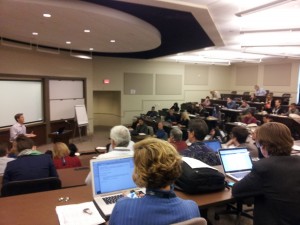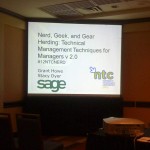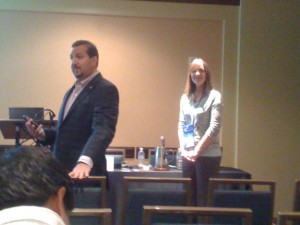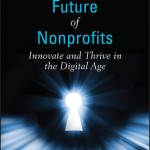After so many recommendations and endorsements from my fellow product management and product marketing colleagues, I am pleased to report that ProductCamp 10 lived up to its reputation as a can’t-miss event for product management professionals. Networking, learning, and innovative ideas abounded at the AT&T Executive Education and Conference Center in Austin, Texas this past Saturday.
While I knew I had already missed a few ProductCamps, I had no idea Austin was actually one of the first (following Silicon Valley) to launch an un-conference ProductCamp (2008) and that it has now spread around the globe. Comparing the perspectives of representatives from other cities with our own here in Austin was fascinating.
By far, the best aspect of the conference overall was how open and friendly everyone was. Networking is a pleasure in such an accommodating atmosphere–even for introverts!
My Favorite Learnings from ProductCamp 10 Austin:
- Kanban process — Forget Agile, this is the newest trend in product management! It involves managing a queue of user stories, but not grouping into sprints. Very interesting…. (via @johndeo)
- Avoid “Tyranny of the Install Base” — Once your product gets going, you tend to only listen to sales and your existing customers. (via @mhelmbrecht)
- As an extrovert, I should warn people when I am “thinking out loud.” (via @mhelmbrecht)
- Agile experience is irrelevant; executives consider it a check box.
- Content isn’t king, it’s the mayor. Audience is king! (via @thomsinger)
- LinkedIn Premium membership allows you to see what keywords people are searching on you and prevents others from seeing that you were
stalkingviewing their profile. (via @MrMillerAustin) - Well written user stories should be able to be re-purposed as sales script. Write as problem/benefit; never feature/function. (via @proficientzppm)
- I want to be a “foxy” PM, as opposed to a “hedgehoge” (agile generalist, rather than narrowly focused and intractable) (via @PGopalan & @joshua_d)
What I Missed Most:
PowerPoint Karaoke - This session, while offered, was not actually voted in. That was a shame because it looks hilarious! It basically involves making up a story to go along with the random slides you are given and having been handed a deck by my old boss to present at a major user conference myself, I know how important it is to be able to think on your feet! I hope this is resurrected at an upcoming ProductParty soon. As a former theatre geek, this sounds right up my alley!
Presenting “Architecting a Successful Whitepaper” - Unfortunately, my colleague with whom I had planned to offer a workshop session on Architecting a Successful Whitepaper had a family medical emergency and was not able to make it on Saturday. Talking with several attendees, I am sure the material we were planning on presenting would have been relevant and interesting. And I know it would have a lot of fun! I look forward to the next ProductCamp so we can try again!
Useful links:
Throughout the day, I picked up useful links to resources, articles, and online tools. Here are some of my favorites, in no particular order!
Word Cloud generators:
- Wordle.net http://www.wordle.net/ - Free toy for generating “word clouds.”
- TagCrowd.com http://tagcrowd.com/ - Another online tool to generate word clouds
“Best Session” winner which I missed – boo! (I’ll have to make sure I catch Mike presenting at the next ProductCamp in July…)
Do you have a favorite resource, moment, or funny story to share from PCATX?






